The citronella plant (Pelargonium citrosum) is as delightful to the nose as it is to the eyes. It’s a member of the scented geranium family and gives out a lemony fragrance when its leaves are crushed.
Snip a few leaves for potpourri, or brew them up for a homemade herbal tea—it’s a practical and beautiful plant to have in yourbackyard. It’s also relatively maintenance-free and easy to grow.
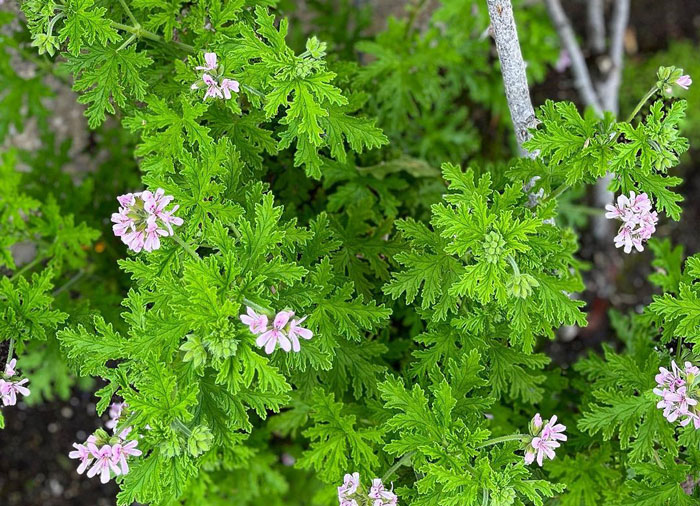
But don’t get your hopes up on its properties as a natural mosquito-repellant!
It is called the Mosquito Plant because of itscitronellalcompound that repels bugs. However, for it to work, you would need to crush the leaves and rub them on your skin—large amounts of it. Citronella oils and candles do a better job of keeping you safe from those pesky flies.
Nonetheless, the citronella geranium will make a great addition to your garden, and with the right care, it will reward you with pretty pink blooms in the summer.
In this guide, we’ll show you how simple and rewarding it is to grow and care for citronella.
Table of ContentsQuick FactsCitronella Plant vs Citronella GrassWhere, When, and How to Plant CitronellaHow To Care for Your CitronellaLightSoilWaterTemperature and HumidityFertilizerPruningOverwinteringHow to Propagate CitronellaCommon Diseases and ProblemsFAQsDoes Citronella Repel Flies?Is Citronella Safe for Dogs?
Quick Facts
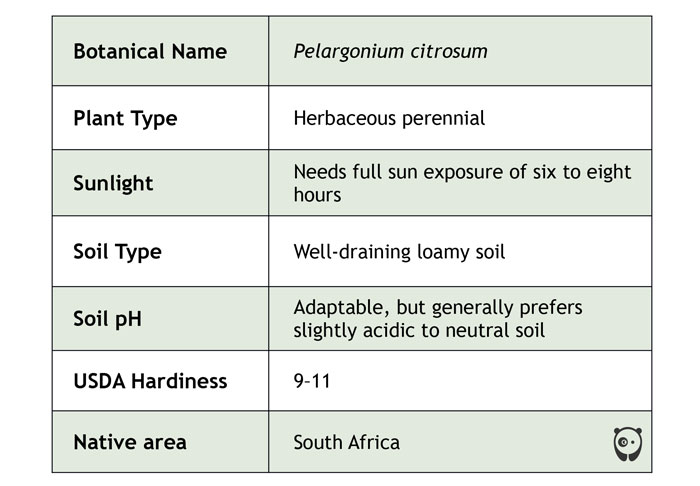
Citronella Plant vs Citronella Grass
Even though they share similar names (and have similar fragrances), these are entirely different species. The plant belongs to the Geraniaceae family—perennial shrubs that produce scented flowers.
Citronella grass(Cymbopogon nardus), on the other hand, comes from the Poaceae family that originates in Asia. It has a much higher concentration of citronellal and is usually the preferred choice for making citronella candles and oils.
Image credits:my_kindofgreen(left);planterinagh(right)
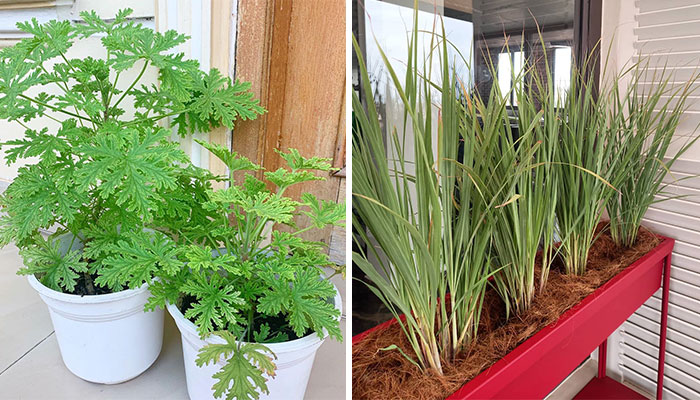
Where, When, and How to Plant Citronella
The best time to plant is in late spring when the frost has passed and the soil warms up. The plant is a slow-grower and might take around 4–6 months to reach its mature height (depending on the growing condition). So, be patient with it!
You can buy citronella seeds to grow your plant from scratch. Sprinkle the seeds lightly over the soil and water it thoroughly. New seedlings will appear within 10–12 days. Space the seeds 4–6 inches apart so they have enough room to grow.
You can also choose a young seedling from a nursery that has healthy, deep green leaves. To plant the seedling, gently remove it from its container and inspect the roots. They should be white and shouldn’t be too tightly matted. Dig a hole in the soil twice the size of the root ball and gently place the plant in. Tamp down the soil and water it thoroughly to help it settle in its new home.
HowToCareforYourCitronella

Citronella is a trouble-free plant. However, with a little bit of love and gentle care, you will be able to enjoy dark green foliage and occasional pink flowers throughout the summer.
Light
The more light the citronella plant gets, the better it will feel. Give itfull sun exposure. However, if it gets too hot (above 90 degrees Fahrenheit), consider moving your potted plant to a shaded area during the peak afternoon sun.
Soil
Choose a potting mix that maintains moisture. A mixture of peat moss, perlite, andloamy soilworks well for citronella. This medium will keep your plant roots moist between watering. Mix in some compost to make it more fertile.
Image credits:thereseprentice
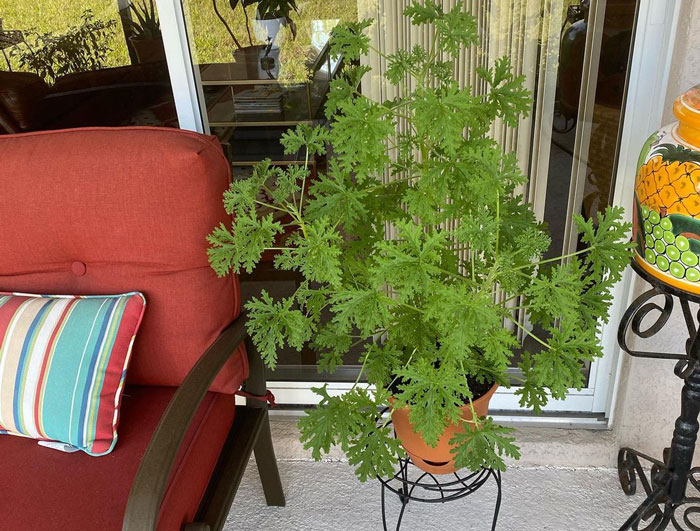
Water
Citronella (especially the potted plant) is sensitive to overwatering. Water moderately, and allow the soil to dry.Watering 2–3 times a weekis sufficient. However, if you see lower leaves turning yellow, you may be underwatering the plant. Adjust your watering per the outside temperature, as the plant needs more water in the peak summer heat.
Temperature and Humidity
This is a hardy plant that can tolerate temperatures ranging from45–90 F. If you live in an area that experiences extended heat, then make sure to plant your citronella in a partially shaded area to give it a respite from the scorching sun.
Maintain humidity levels at around 40 percent—group your citronella with other scented geraniums to create a moisture-rich environment.
Fertilizer
Feed the citronella plant with a balanced, water-soluble fertilizer aboutonce a monthduring its growing season (spring and summer). The ideal fertilizer for citronella contains an equal amount of nitrogen, phosphorus, and potassium. Regular feeding will help produce lush foliage.
Image credits:jcomp
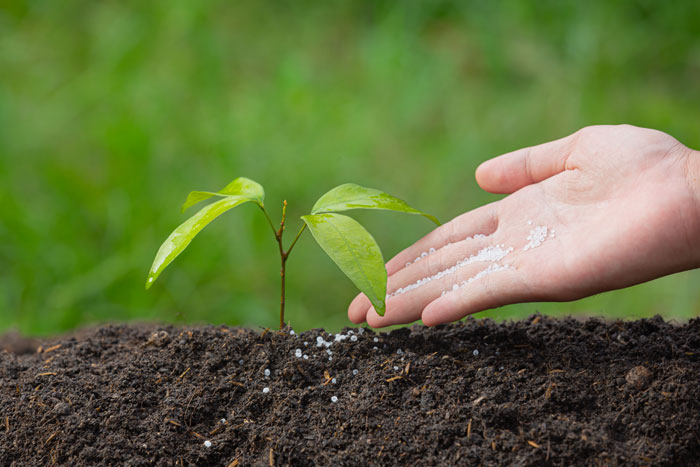
Pruning
Regular pruning helps your citronella channel its energy into new growth. It also prevents leggy growth (long stems with fewer leaves) and ensures a lush green canopy.
Pinch back new growth inearly summerto encourage blooming. Regularly pluck off any yellowing or dead leaves to keep it in top shape.
Overwintering
Image credits:dcarrete
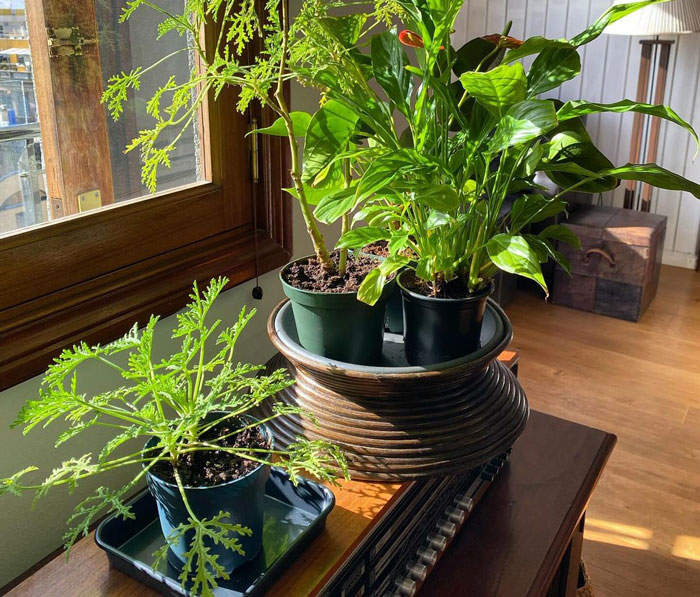
How to Propagate Citronella
1.Choose a healthy, non-flowering stemfrom your existing plant and snip a 4–6 inches long cutting. Pluck the leaves from the lower part of the cutting, leaving a clean section.

- Dip the end in arooting hormone. This encourages root development. Now insert the cutting into a pot with well-draining soil or directly into your garden. Tap down the soil and water it thoroughly.

3.Cover the cuttingwith a plastic bag to create a mini-greenhouse effect. This helps retain moisture and promotes successful rooting. In a few days, you will notice new growth.

Pro tip:Grow the cuttings indoors or in a partially shaded area to give them time to adjust to the outside temperature.
Common Diseases and Problems
Image credits:emstone94
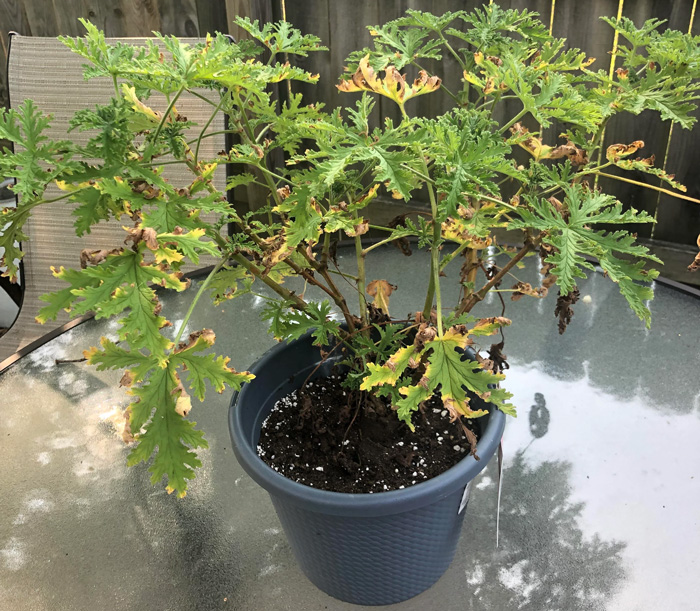
Root rot.Caring for a citronella plant usually goes smoothly, but they are susceptible to a few problems. Their most common issue isroot rot, which happens because of overwatering.
FAQs
Does Citronella Repel Flies?
While its lemony scent may deter some flies, it’s not the best solution for keeping the winged nuisances at bay. Use additional measures like adding a screen to your outdoor seating area or using fly traps.
Is Citronella Safe for Dogs?
Citronella plant is considered toxic to cats and dogs (viaAnimal Emergency and Referral Center of Minnesota). Its scent can be overpowering for your pet, so it’s advisable to keep them away from your plant.You May LikeSnake Plant Care Guide & Tips For A Thriving PlantFranka DervishiHow to Grow, Use, And Care For A Lavender PlantNatallia PisarenkaHow to Grow & Care for Astilbe Plants: Everything from A to ZEligijus Sinkunas
Franka Dervishi
Natallia Pisarenka
Eligijus Sinkunas
Home & Design